 Don't worry! I'm going to get the three of you out of there! 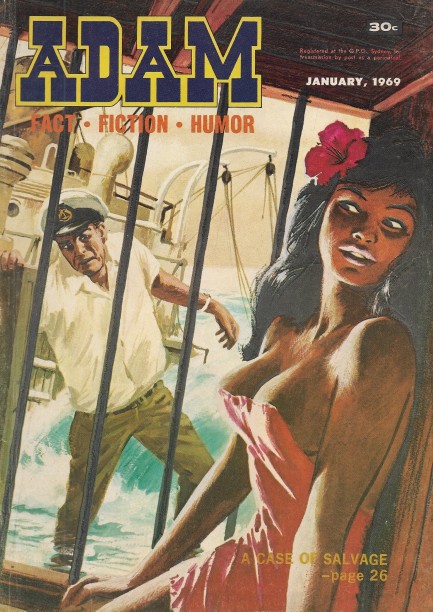
Our girlfriends—affectionately PI-1 and PI-2—rolled their eyes at this one, and why wouldn't they? We did too, but we work with what we're given, and we certainly couldn't ignore the fact that this January 1969 Adam magazine features a cover of a woman whose gravity defying breasts are directly in the center of the art. Men's magazines, those concoctions of macho fantasy set to print, are inherently sexist, but we are mere documentarians of mid-century art, literature, and film—and crime, and weirdness, and sex—in the various forms they take. This one is a particularly eye-catching example.
While literary magazines published prestige fiction, men's mags like Adam carried on the pulp tradition, giving authors without highbrow leanings opportunities to expose their work to wide audiences. Without the efforts of such publications, modern literature might look very different. Stephen King, for example, published many of his early stories in Gallery, a middle-tier smut monthly nobody would have mistaken for Playboy. Speaking of which, Playboy published early works from Ian Fleming, Ursula K. Le Guin, and even serialized the entirety of Ray Bradbury's Fahrenheit 451 in 1954, a year after its initial publication landed with a thud.
As far as we know Adam didn't produce any major writers except James Lee, aka Jim Aitchison, whose Mr. Midnight books were recently made into a series now streaming on Netflix. But failing to graduate lots of future bestselling authors doesn't change what Adam was—a publication that aimed for mass male appeal by merging all the elements of what was once known as pulp. Those elements included mystery, crime, war, exotic adventure, risqué humor, and a dose of relatively tame sexual content. We have all that and more below in thirty-plus scans, and something like seventy-eight issues of Adam embedded in our website.
 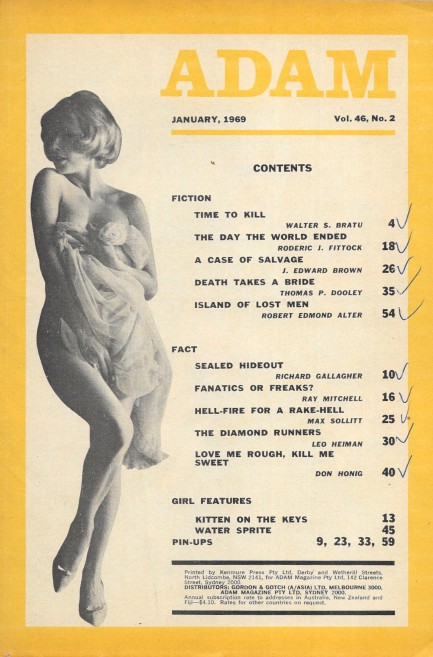 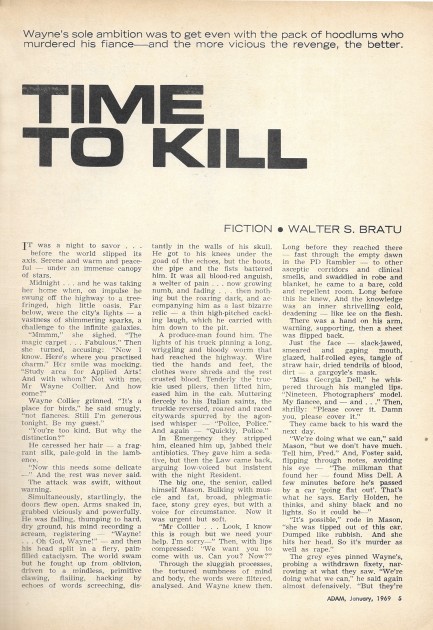 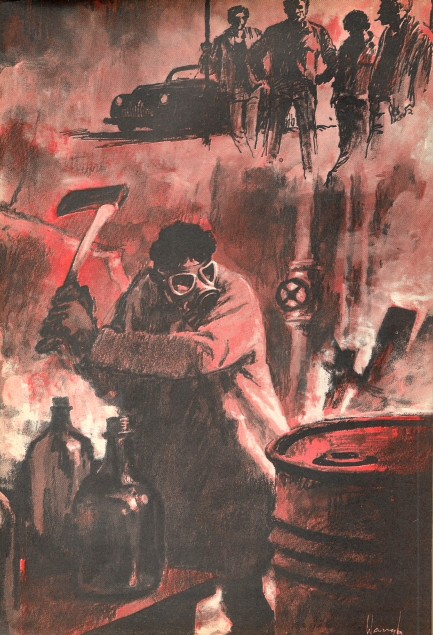 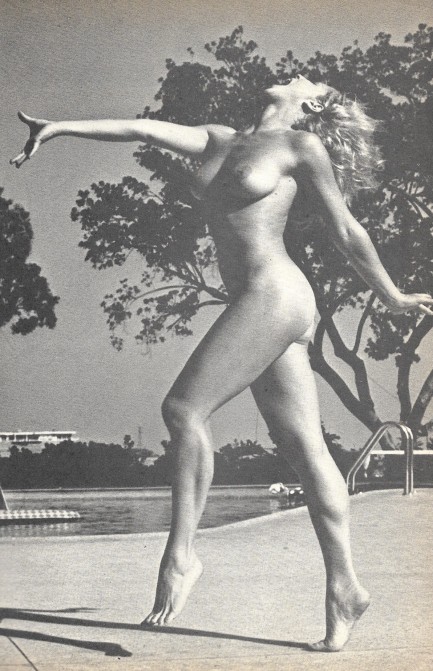 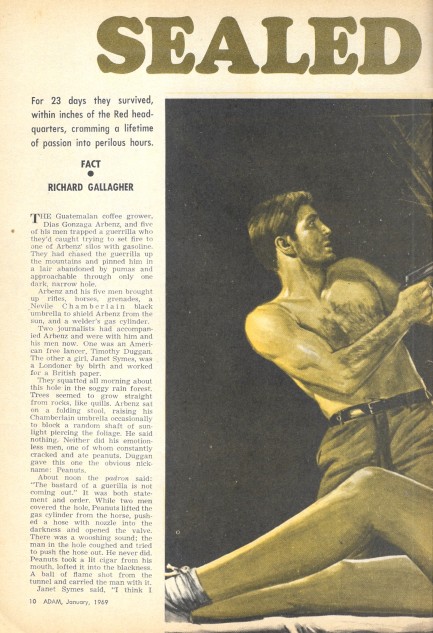 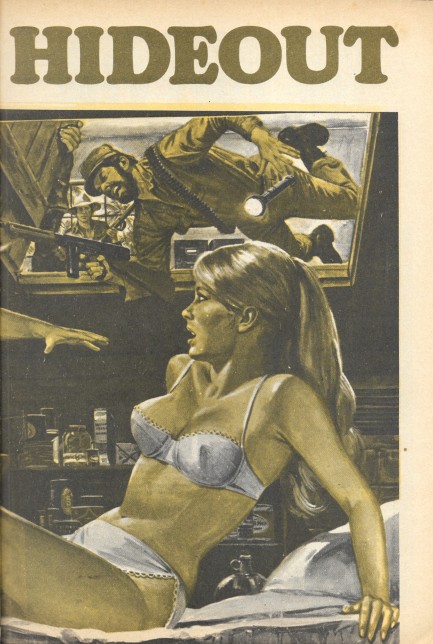 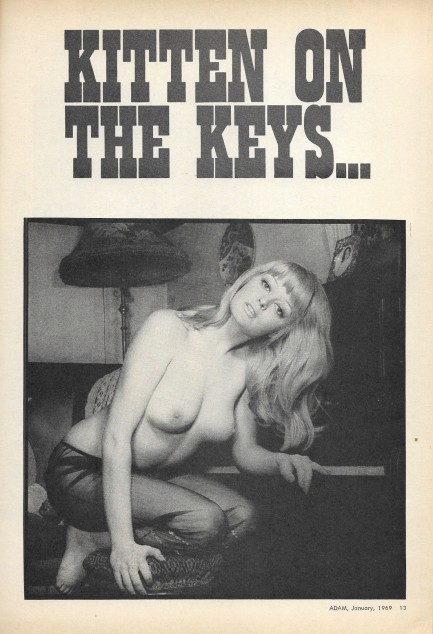   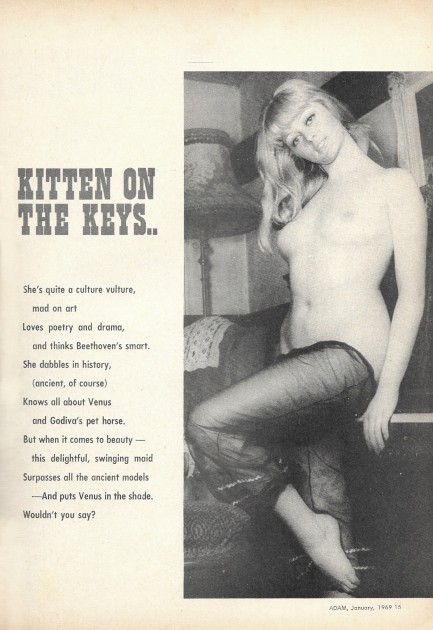 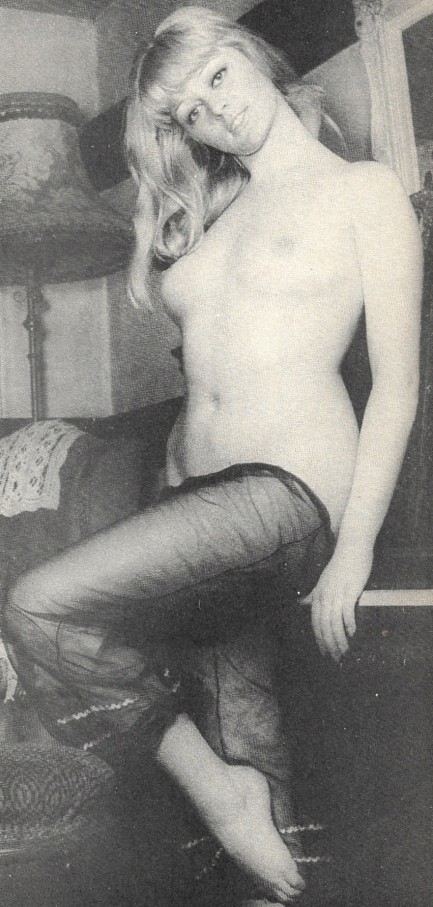 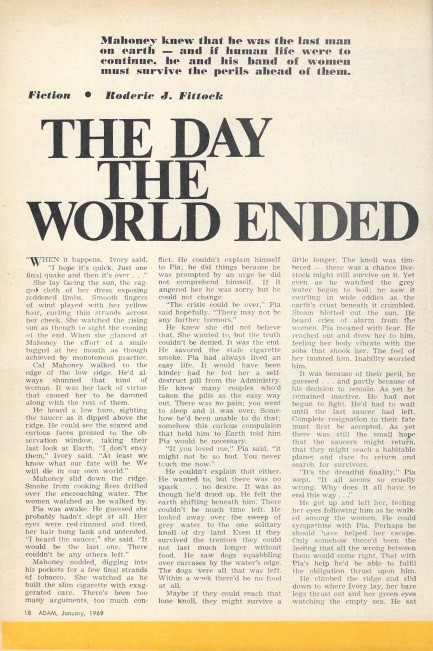 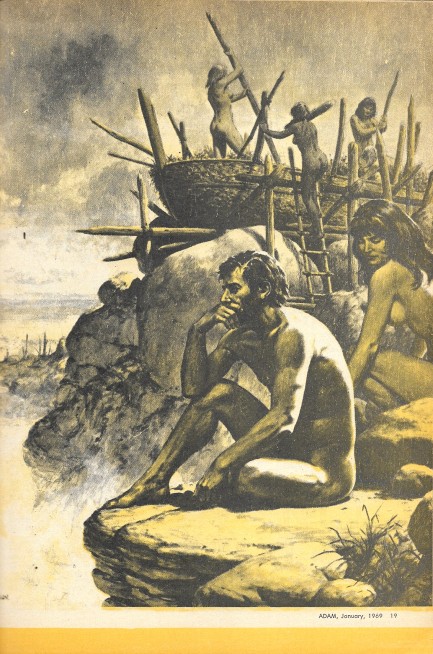  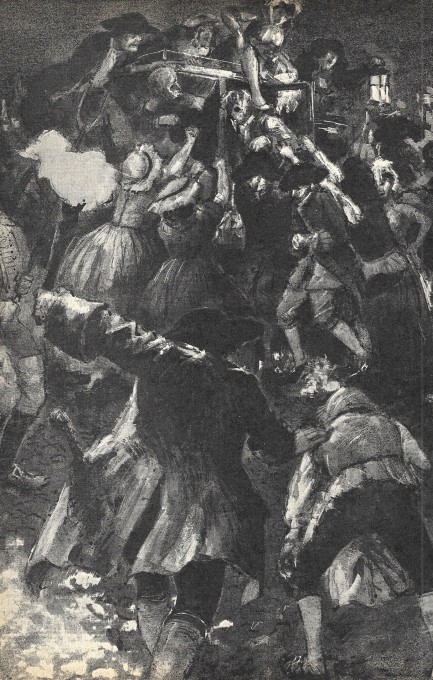 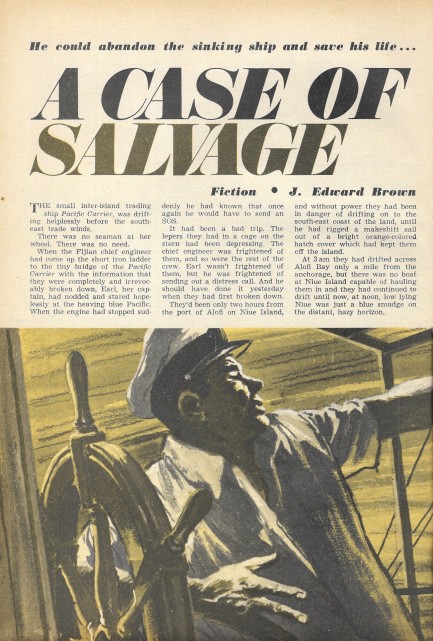 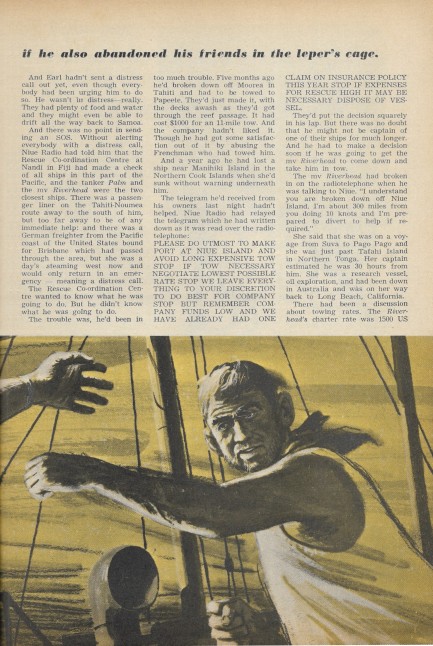 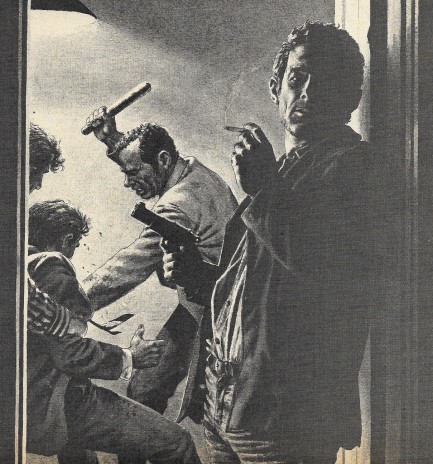  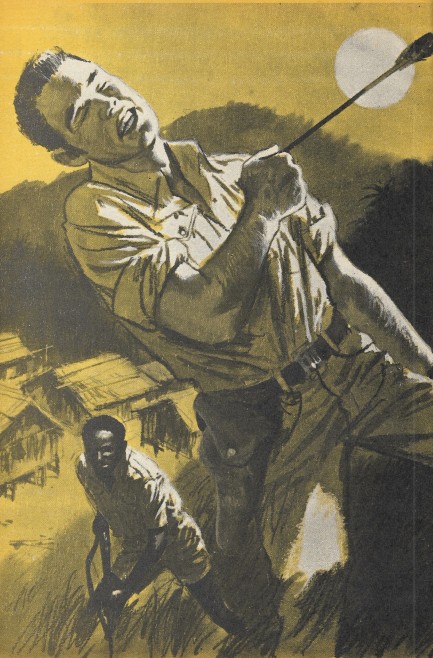 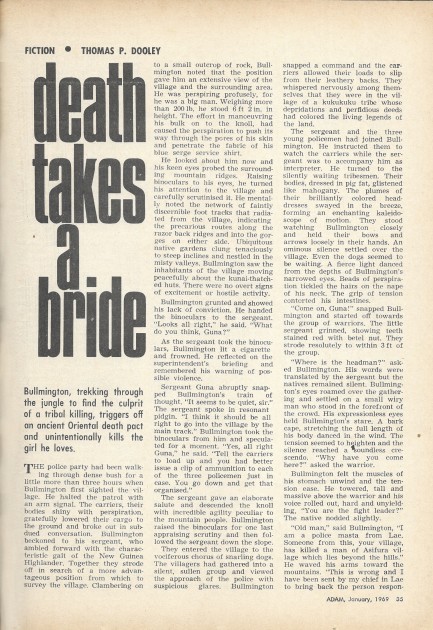 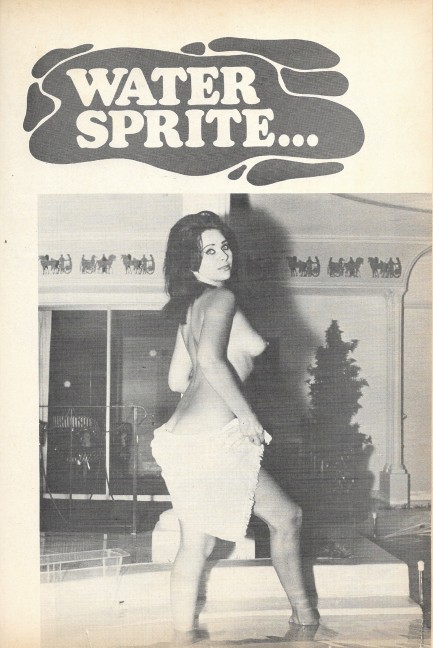 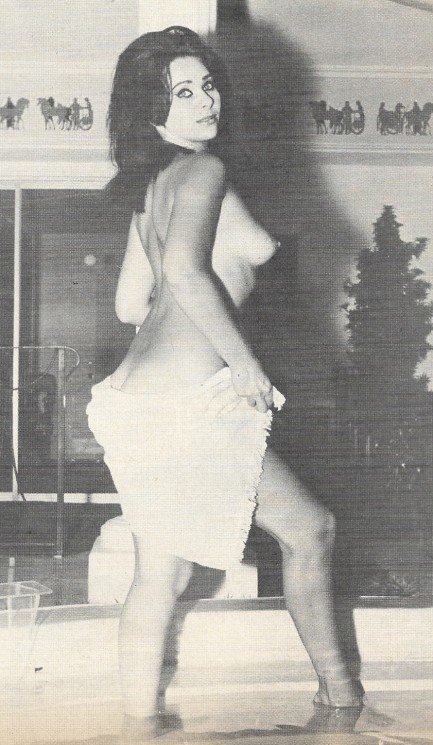 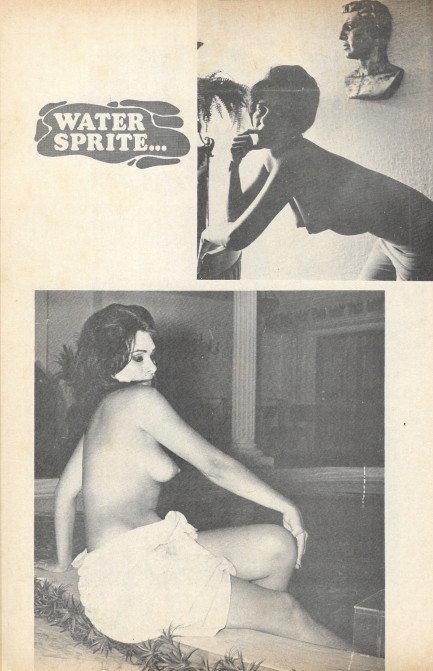 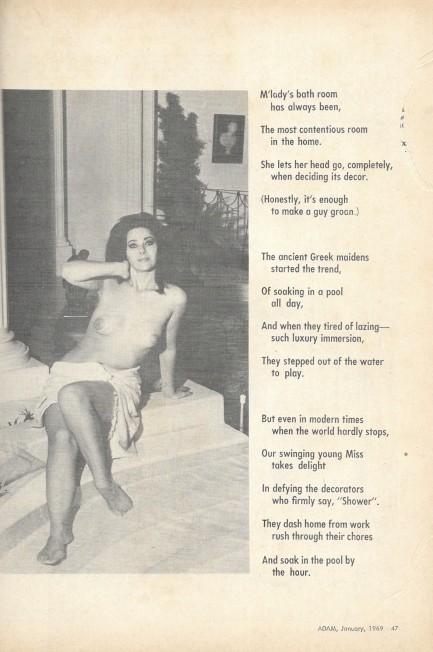  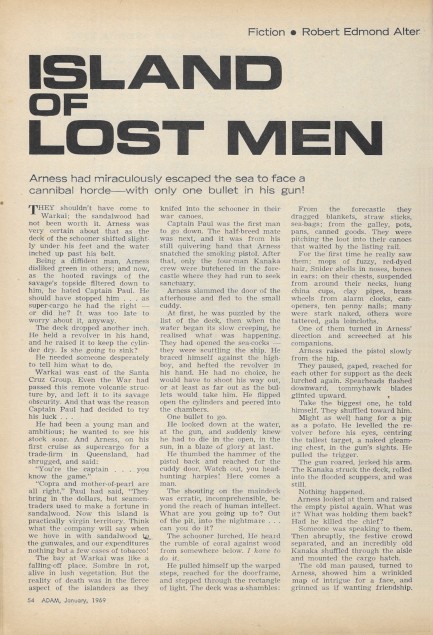 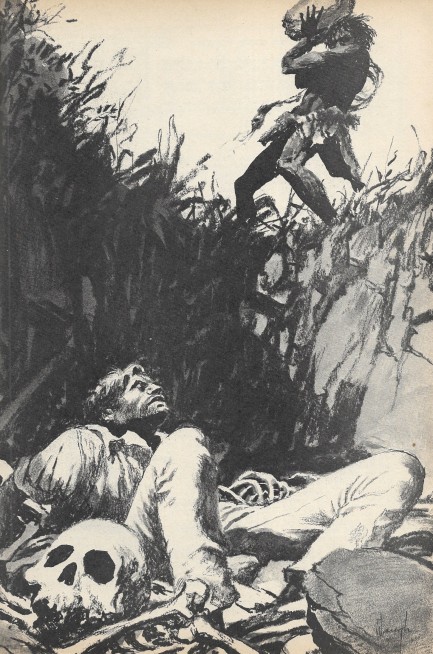 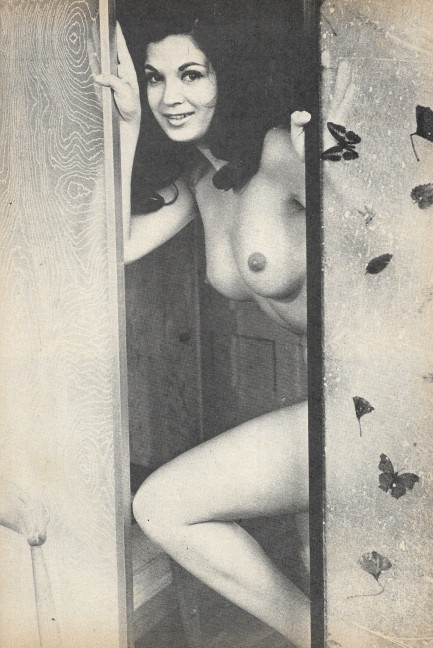 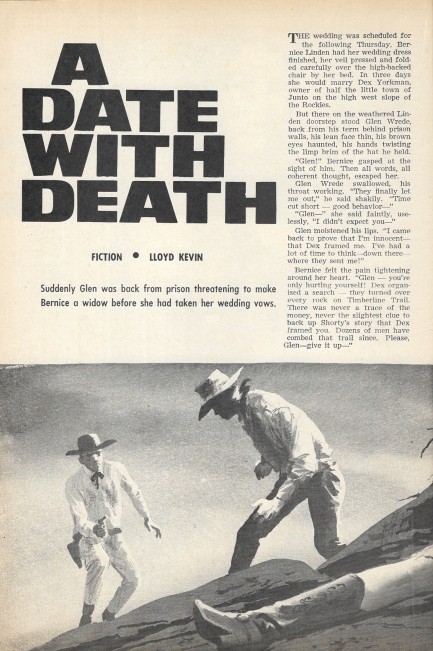 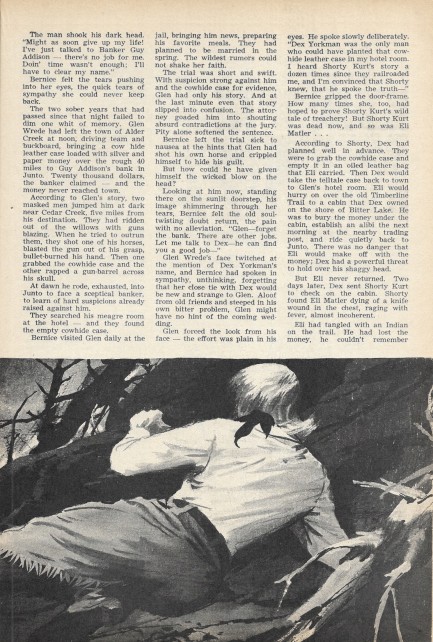
 Did the legal system use him as a pawn, or was it the other way around? 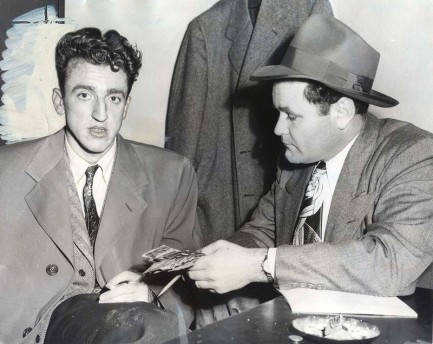
Caryl Chessman and a detective named E.M. Goossen appear in the above photo made shortly after Chessman's arrest in January of 1948. Chessman had robbed several victims in the Los Angeles area, two of whom were women that he sexually assaulted. He forced one woman to perform oral sex on him, and did the same to the other in addition to anally raping her. Chessman was convicted under California's Little Lindbergh Law, named after Charles Lindbergh's infamously kidnapped and murdered son. The law specifically covered intrastate acts of abduction in which victims were physically harmed, two conditions that made the crime a potentially capital offense.
The law was intended to prevent deliberate acts of kidnapping and ransom, as had occurred in the Lindbergh case, but Chessman's prosecutors—demonstrating typical prosecutorial zeal—argued that Chessman had abducted one victim by dragging her approximately twenty-two feet, and had abducted the other woman when he placed her in his car, then drove in pursuit of the victim's boyfriend, who had fled the scene in his own vehicle. Chessman was indeed sentenced to death. The Little Lindbergh Law was revised while he was in prison so that it no longer applied to his crimes, but his execution was not stayed.
During his nearly twelve years on death row he authored four bestselling books—Trial by Ordeal, The Face of Justice, The Kid Was a Killer, and Cell 2455: Death Row, the latter of which was made into a 1955 movie. The books, many interviews, and a steady stream of articles fueled public debate about his looming execution. Among those who appealed for clemency were Aldous Huxley, the Rev. Billy Graham, Ray Bradbury, and Robert Frost. Their interest was not wholly about Chessman so much as it was about the issue of the cruelty of the death penalty, which had already been abandoned in other advanced nations.
In the end the campaigning was ineffective, and Chessman was finally gassed in San Quentin Prison. But even dying, he further catalyzed the death penalty debate. The question of whether a capital punishment is cruel and unusual hinges on whether it causes pain. Gas was held by its proponents to be painless. Chessman had been asked by reporters who would be observing his execution to nod his head if he was in pain. As he was gassed, he nodded his head vigorously and kept at it for several minutes. It took him nine minutes to die. That happened today in 1960. 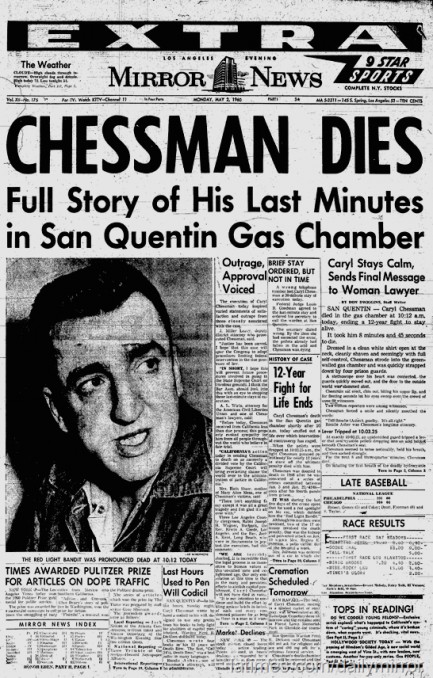
 Strange adventures on other worlds. 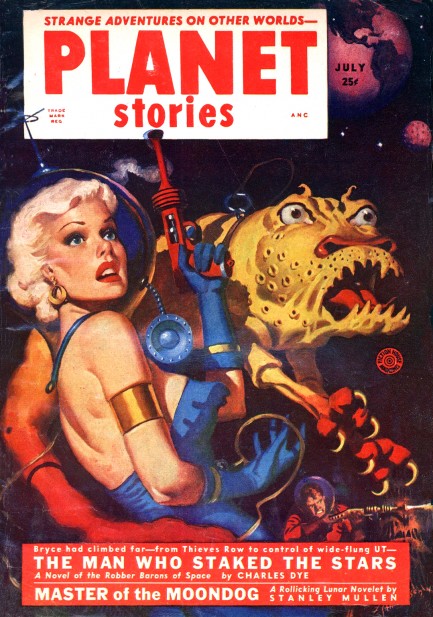
Above and below are ten covers of Planet Stories that appeared between 1948 and 1952, with beautiful, lurid, pulp art from Allen Anderson. The magazine published only interplanetary adventures, and its mix of rocket ships, swashbuckling heroes, space princesses, and hideous aliens proved extremely popular. Some of the many writers whose work graced its pages include Isaac Asimov, Ray Bradbury, Leigh Brackett, John D. McDonald, Philip K. Dick, and Clifford D. Simak. Planet Stories ran seventy-one glorious issues, from 1939 to 1955. How could you not be excited to read when this is what awaited you on the newsstands? 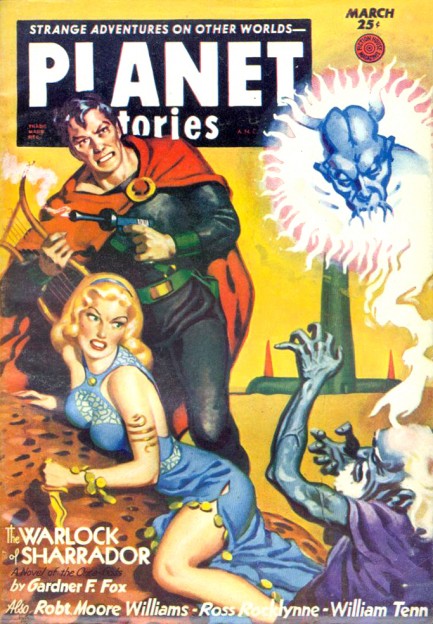 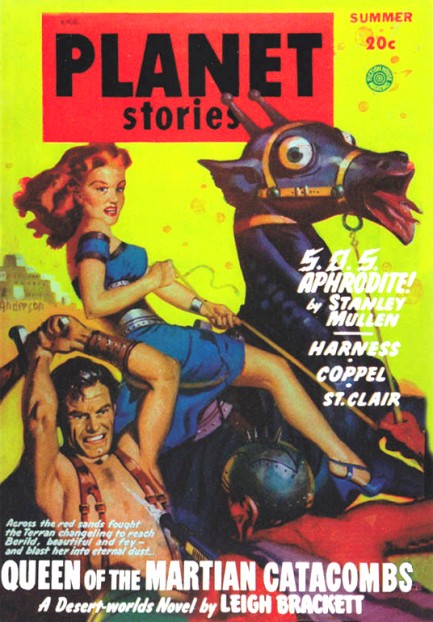 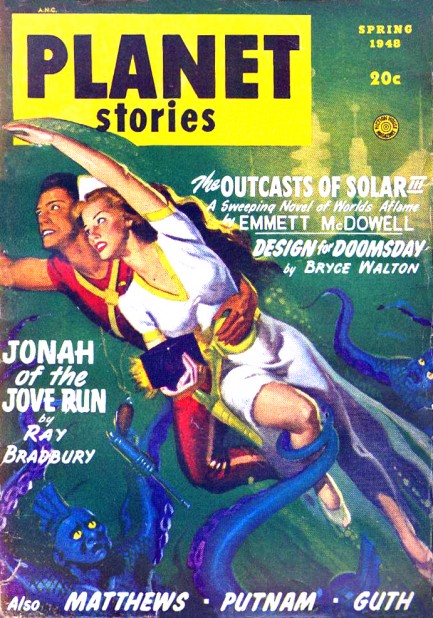 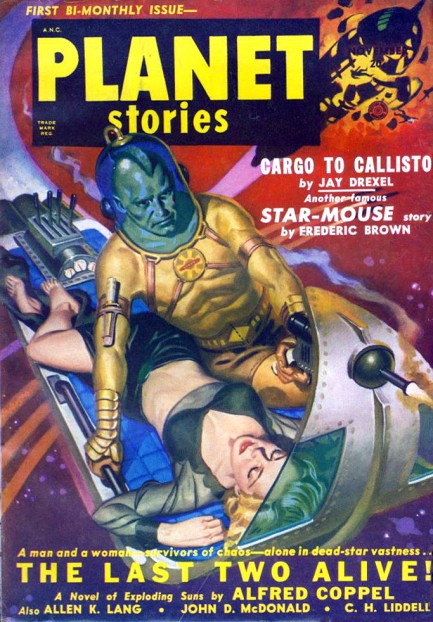 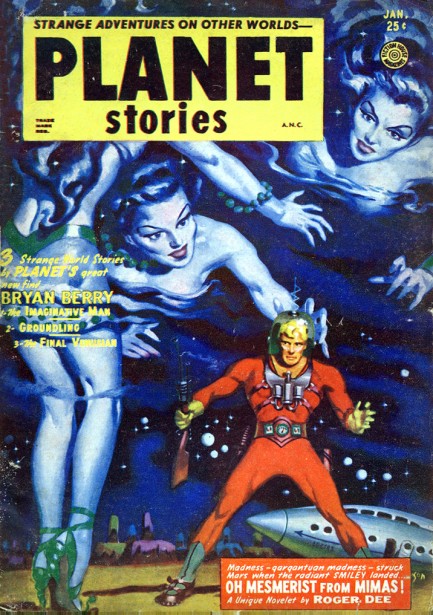 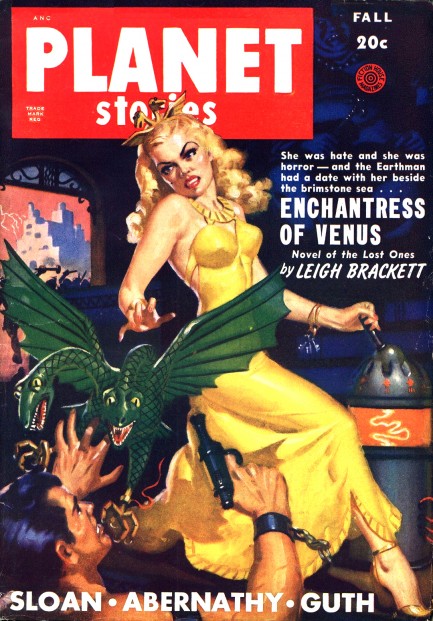 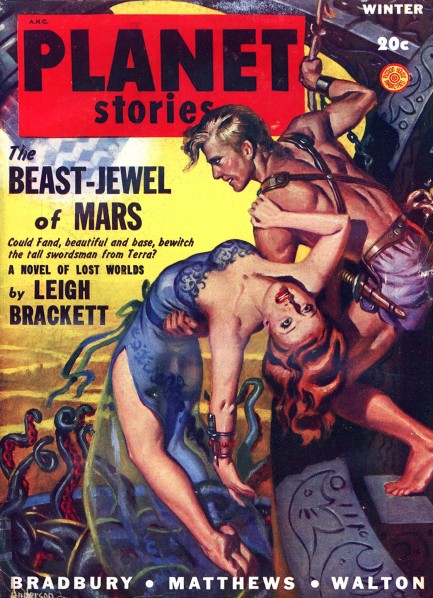 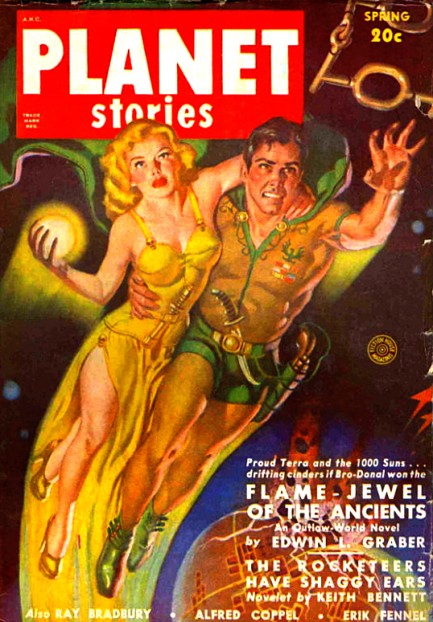 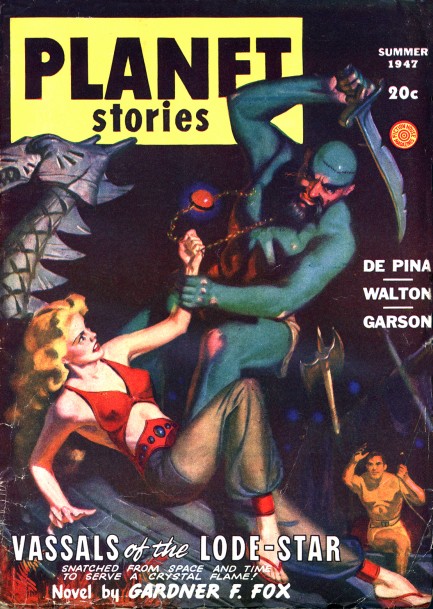
 Forrest J. Ackerman helped bring science fiction into the mainstream. 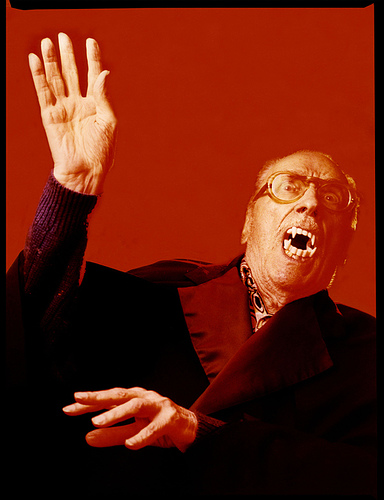
Forrest J. Ackerman, who was instrumental in the spread of science fiction and coined the term “sci-fi”, died yesterday at his home in Los Feliz, California. Ackerman is best remembered as the editor/writer of Famous Monsters of Filmland, a magazine that helped establish the literary value of science fiction, and has been cited as an inspiration by some of Hollywood’s most famous actors and directors, including George Lucas. Ackerman was also instrumental in the discovery of Ray Bradbury, who borrowed money to launch his magazine Literary Fantasia.
Ackerman published fifty stories, either alone or in collaboration with other sci-fi writers, penned pulp lesbian novels under the name Laurajean Ermayne, and wrote the origin story of Vampirella and gave the character her unforgettable name. He helped found the Los Angeles Science Fantasy Society, and the National Fantasy Fan Federation, and generally assumed the role of No. 1 Booster for sci-fi/horror/fantasy. But of all his accomplishments, perhaps nothing symbolized his love of—and value to—science fiction more than his 18-room home the “Ackermansion”, a veritable museum that contained more than 300,000 books and pieces of sci-fi memorabilia. Ackerman had been in failing health, which prompted several premature reports of his death. Sadly, this time the news is true.
|
 |

The headlines that mattered yesteryear.
2003—Hope Dies
Film legend Bob Hope dies of pneumonia two months after celebrating his 100th birthday. 1945—Churchill Given the Sack
In spite of admiring Winston Churchill as a great wartime leader, Britons elect
Clement Attlee the nation's new prime minister in a sweeping victory for the Labour Party over the Conservatives. 1952—Evita Peron Dies
Eva Duarte de Peron, aka Evita, wife of the president of the Argentine Republic, dies from cancer at age 33. Evita had brought the working classes into a position of political power never witnessed before, but was hated by the nation's powerful military class. She is lain to rest in Milan, Italy in a secret grave under a nun's name, but is eventually returned to Argentina for reburial beside her husband in 1974. 1943—Mussolini Calls It Quits
Italian dictator Benito Mussolini steps down as head of the armed forces and the government. It soon becomes clear that Il Duce did not relinquish power voluntarily, but was forced to resign after former Fascist colleagues turned against him. He is later installed by Germany as leader of the Italian Social Republic in the north of the country, but is killed by partisans in 1945.
|

|
|

It's easy. We have an uploader that makes it a snap. Use it to submit your art, text, header, and subhead. Your post can be funny, serious, or anything in between, as long as it's vintage pulp. You'll get a byline and experience the fleeting pride of free authorship. We'll edit your post for typos, but the rest is up to you. Click here to give us your best shot.

|
|






















































































































